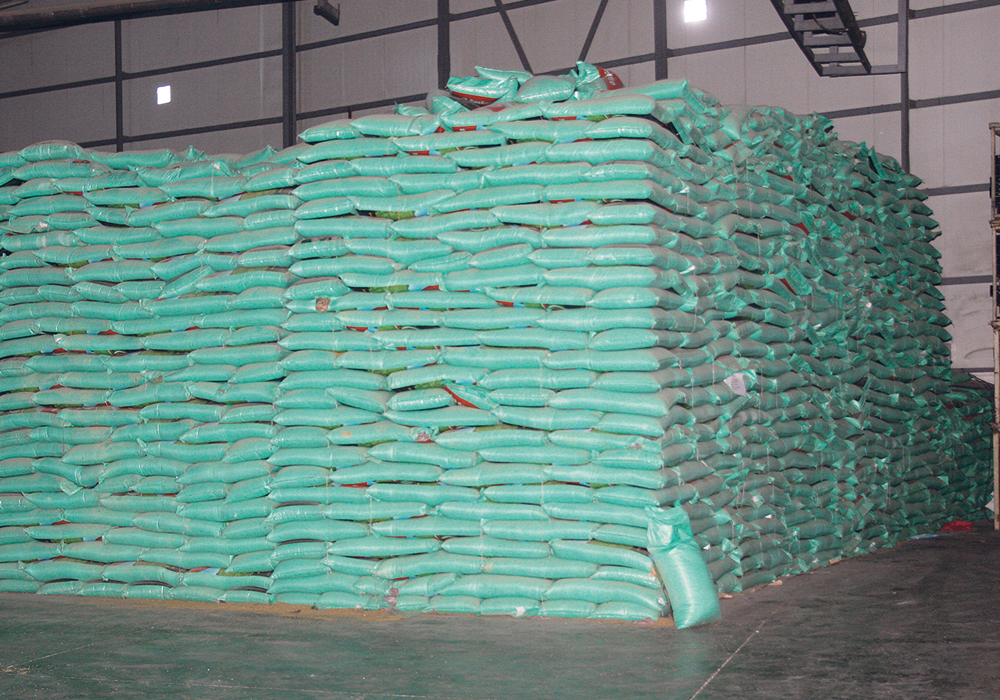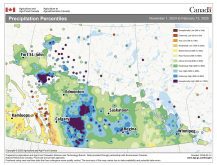Growers advised to wait until markets are past harvest lows and expect ‘modest gains’ of about 0.5 cents per pound
Farmers lucky enough to harvest good quality green peas and green lentils might want to lock the bins and wait for prices to climb, says a market analyst.
“Don’t get too worried about selling right now thinking that it’s only going to get worse throughout the year,” said Chuck Penner, analyst with LeftField Commodity Research.
In an interview he did for Saskatchewan Pulse Growers’ inaugural Pulse of the Prairies podcast, he said this year’s crop quality is reminiscent of 2010, which was an absolute wreck.
Read Also

Farm groups ask feds for export sales reporting
The Agricultural Producers Association of Saskatchewan and SaskCrops asks the federal government to create an Export Sales Reporting program.
He doesn’t think it will be quite as bad as 2010, but it is worse than 2014 and 2016, which were two other challenging years.
Penner believes less than 20 percent of the pea crop will make the top grade, down from 35 to 40 percent in a normal year.
He estimates that as little as five percent of the lentil crop will be No. 1, down from the average of 25 to 33 percent. Half of the crop could be Extra 3 or lower quality.
Penner is particularly pessimistic about the prospects for green peas and green lentils.
“It’s a real concern,” he said.
“Farmers are going to have to watch those grade discounts considerably more.”
Growers were reluctant sellers heading into harvest because of lacklustre pea and lentil prices, and precious little forward contracting has taken place.
“The buyers are getting a little more anxious now with the harvest delays, especially for those green peas and green lentils,” said Penner.
He doesn’t anticipate large swings in prices, but they are already starting to edge higher.
Penner advised growers to wait until markets are past the harvest lows and expect “modest gains” of about 0.5 cents per pound here or there.
Tony Roelofs, vice-president of the pulse division of Columbia Grain International, a major pulse processor in the United States, has no qualms with Penner’s assessment.
“I completely agree,” he said.
The U.S. crop is in better shape than Canada’s because much of Montana’s pulses were harvested before the heavy rain.
However, it will still be below-average quality because farmers in North Dakota experienced similar problems as their Saskatchewan counterparts.
The U.S. grows mainly green peas and medium-sized green lentils.
Roelofs estimates 50 to 60 percent of the green lentil crop will make the top grade, which is well below normal. As well, there will be plenty of sample grade or worse lentils.
The green pea crop should fare better, but it too was hit hard by harvest rains in North Dakota, which caused sprouting.
He said there is usually good demand for lower quality pulses through government food aid tenders, but this year it will be more difficult to find a home for everything.
Roelofs expects the market for good quality green lentils to tighten up at some point in 2019-20.
“The issue is that since we’ve been in such a burdensome supply situation for so long, you just have a lot of length in the system,” he said.
Buyers made some pre-harvest purchases and there is plenty of carryout in the system, but eventually there will be mounting demand for good quality lentils.
“When that happens, I think this thing could certainly move higher,” said Roelofs.
He anticipates the spread between top quality and poorer quality green lentils will be bigger than it has been in years, but like Penner he isn’t expecting anything too extreme.
“There is still a large amount of green lentils in the world and if you get too big a spread you’ll see some rationing happening,” said Roelofs.
















